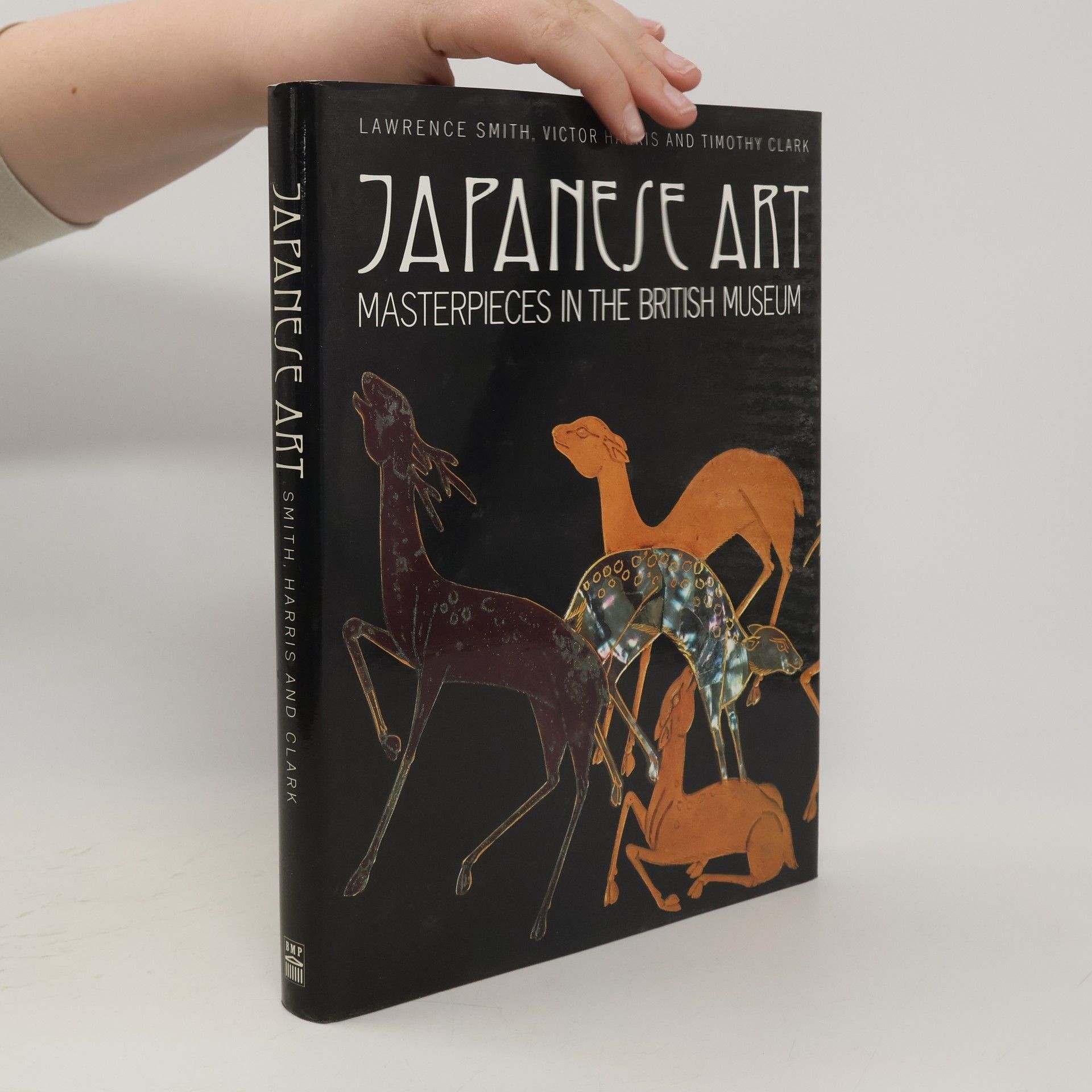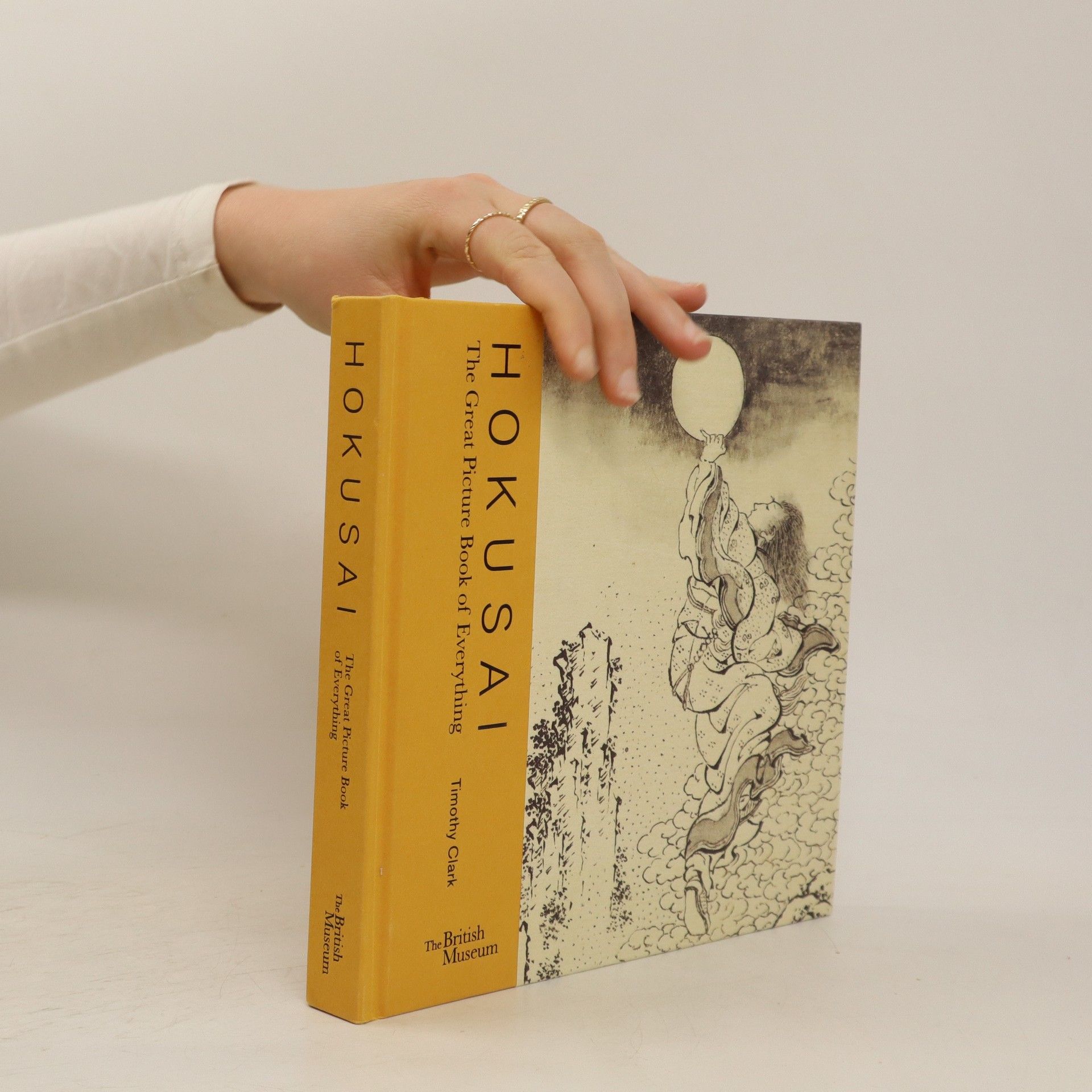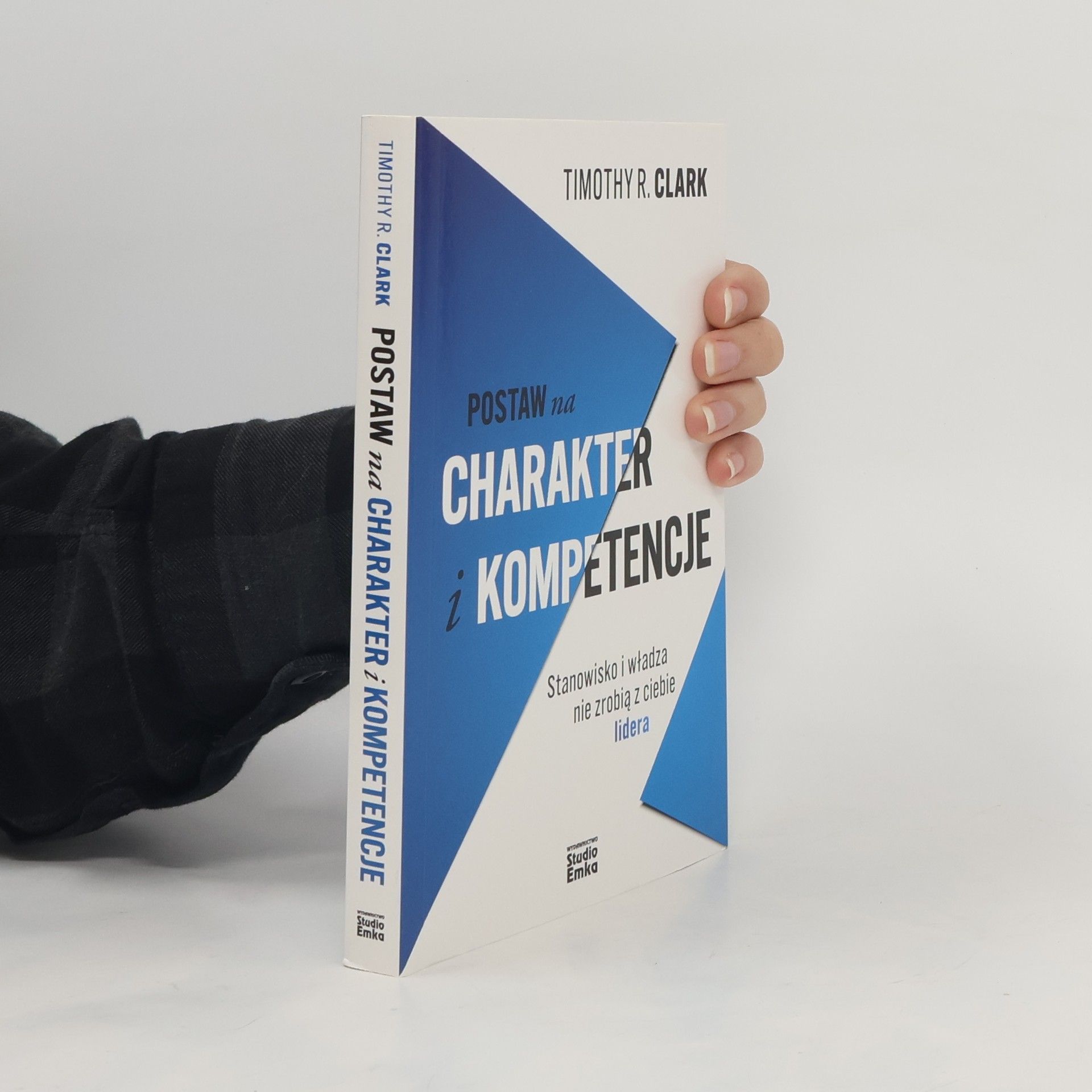„Timothy’emu Clarkowi ponownie udało się ująć skomplikowany temat z elegancką prostotą. Opisane przezeń wymiary charakteru i kompetencji oraz cztery filary tych przymiotów składają się na ponadczasowe zasady, które pozwolą każdemu przywódcy zrealizować swój potencjał. Posługując się zręcznym stylem, autor ten potrafi uchwycić wymowne obrazy i zaoferować wskazówki, które pozwolą każdemu ambitnemu liderowi na doskonalenie swych umiejętności”. Dave Ulrich – profesor w dziedzinie zarządzania przedsiębiorstwami na Uniwersytecie Michigan, wspólnik w RBL Group „Książka dostarcza praktycznych narzędzi rozwoju umiejętności przywódczych przydatnych zarówno nowym, jak i zaprawionym w bojach liderom. Ten znakomity materiał oferuje świeży wgląd w zagadnienie, w połączeniu z frapującymi opowieściami. Znajdziemy tutaj przełomowe koncepcje i pomysły, które można zacząć wdrażać bez chwili zwłoki”. Murray Manzione – dyrektor ds. przywództwa i rozwoju osobistego w NVR, Inc. Trzykrotnie piastujący stanowisko dyrektora zarządzającego, erudyta wykształcony w Oksfordzie i fachowy doradca, Timothy R. Clark ukazuje, w jaki sposób wielkość rodzi się z potężnego połączenia charakteru i kompetencji – przy czym „jądrem” jest charakter, a kompetencje „skorupą”. Charakter jest fundamentem, na którym muszą zostać nabudowane kompetencje, przy czym oba czynniki są równie istotne. „Pomyślmy o szeroko znanych przywódcach i spróbujmy przywołać przypadki ich spektakularnego popadania w niełaskę z powodu braku kompetencji” – czytamy w tej książce. – „Kiedy lider idzie na dno, proces ten ma swój początek w jego wnętrzu. To zapaść charakteru, swoiste «stopienie rdzenia» (by uciec się do metafory reaktora jądrowego).” Osoby o właściwych predyspozycjach charakterologicznych, którym brak jest stosownych kompetencji, pozostają nieskuteczne. Lecz z kolei kompetentni liderzy, którym brak charakteru, są niebezpieczni. „Przywództwo jest dyscypliną stosowaną; nie jest to jakaś rozdmuchana idea, nad którą trzeba by przysiąść i dumać. Właściwie jest to najważniejsza stosowana dyscyplina na świecie […]” – powiada autor. Sukces każdego podmiotu gospodarczego sprowadza się u swych źródeł właśnie do przywództwa. To ostatnie realizuje się w ostatecznym rachunku za sprawą kompetencji i charakteru, nie zaś zewnętrznych atrybutów takich jak pełnione stanowisko, funkcja czy zakres władzy. Autor rzuca snop światła na cztery najistotniejsze składniki charakteru i kompetencji, oferując nam sekwencję elokwentnych, inspirujących i pobudzających do działania refleksji na temat nieodzownych budulców każdego z tych czynników. Przywództwo albo liderowanie postrzega on zasadniczo jako oddziaływanie na innych: przywódcy – liderzy – wywierają wpływ na innych „w sposób, który zainspiruje ich do pięcia się w górę, poszerzania swego potencjału, stawania się”. Lider musi odznaczać się charakterem nieodzownym dla pozytywnego oddziaływania, jak i kompetencjami, aby wywierany przezeń wpływ był skuteczny. Ta książka przeznaczona jest dla każdego, kto pragnąłby zwiększyć swój potencjał w obszarze przewodzenia – liderowania. Wgląd autora w zagadnienie jest głęboki, a jego zaangażowanie wręcz zaraźliwe. Uzmysławia nam on, że: „Przewodzenie innym jest najbardziej angażującym, inspirującym i najgłębiej satysfakcjonującym rodzajem działalności, jaki zna ludzkość. Dzięki niemu zyskujemy możliwość dokonywania postępów, skutecznego mierzenia się z przeciwnościami, zmieniania życia innych ludzi […] Piękną stroną przywództwa jest fakt, że do roli przywódcy może aspirować każdy”. TIMOTHY R. CLARK jest założycielem i dyrektorem firmy doradczo-szkoleniowej LeaderFactor zajmującej się rozwijaniem zdolności przywódczych, zarządzaniem zmianami i działaniami z zakresu zwinności strategicznej. Uzyskał doktorat z nauk społecznych i politycznych na Uniwersytecie Oksfordzkim. Jest byłym zawodnikiem pierwszej drużyny akademickiej futbolu amerykańskiego przy Brigham Young University, startującej w rozgrywkach ogólnokrajowych. Jest autorem czterech książek i ponad stu artykułów. Wśród klientów jego firmy są takie podmioty jak Accenture, Dow, FBI, Genentech, Honeywell, Lockheed Martin, Microsoft i Uniwersytet Stanforda.
Timothy Clark Book order
Timothy Clark is a specialist in Romantic and post-Romantic poetics. His work delves into the core concepts and stylistic approaches of poets, exploring their sources of inspiration and literary techniques. Clark's profound insights into poetics offer readers a unique perspective on the evolution of literary thought.






- 2023
- 2023
Die vier Stufen der psychologischen Sicherheit
Auf dem Weg zu mehr Vielfalt und Innovation am Arbeitsplatz
- 2022
Business Model You - The One-Page Way to Reinvent Your Work at Any Life Stage 2nd Edition
- 256 pages
- 9 hours of reading
- 2020
The 4 Stages of Psychological Safety
- 192 pages
- 7 hours of reading
"This is the first practical, hands-on guide that shows how leaders can build psychological safety in their organization, creating an environment where employees feel fully engaged and encouraged to contribute their best ideas"-- Provided by publisher
- 2019
The Value of Ecocriticism
- 194 pages
- 7 hours of reading
This book offers a brief, incisive and accessible overview of the fast- changing field of environmental literary criticism in a bewildering age of global environmental threat. It will be a key resource for students, graduates and scholars working in the area of literature and the environment.
- 2017
This beautifully produced book draws on the latest research, illustrating the complete set of drawings, published for the first time.
- 2011
A comprehensive overview of the arguments in environmental criticism, first published in 2011.
- 2011
Hokusai's Great Wave
- 64 pages
- 3 hours of reading
'The Great Wave' is a colour woodblock print designed by Japanese artist Hokusai in around 1830. The print, of which numerous multiples were made, shows a monster of a wave rearing up and about to come crashing down on three fishing boats and their crews. One of a monumental series known as 'Thirty-six views of Mount Fuji', Hokusai's Great Wave - with the graceful snow-clad Mount Fuji on the horizon, unperturbed but wittily dwarfed by the towering strength of the wave that threatens to engulf the struggling boats - has become an iconic image of the power of nature and the relative smallness of man. One of the most famous pieces of Japanese art, this extraordinary artwork has had a huge impact worldwide and has served as a source of inspiration to artists, both past and present. This beautifully illustrated book explores the meaning behind Hokusai's Great Wave, in the context of the Mount Fuji series and Japanese art as a whole. Taking an intimate look at the Wave's artistic and historical significance and its influence on popular culture, this concise introduction explains why Hokusai's modern masterpiece had such an impact after its creation in 1830 and why it continues to fascinate, inspire and challenge today.
- 2011
This guidebook provides an ideal entry-point for readers new to Heidegger, transforming it from a daunting task into an exciting and necessary challenge.
- 2009
Mary Mcmurtrie's Country Garden Flowers
- 191 pages
- 7 hours of reading
The life and gardening of one of Scotland's most original artists and gardeners, Mary McMurtrie, concentrating on how she created the garden at Balbithan.
